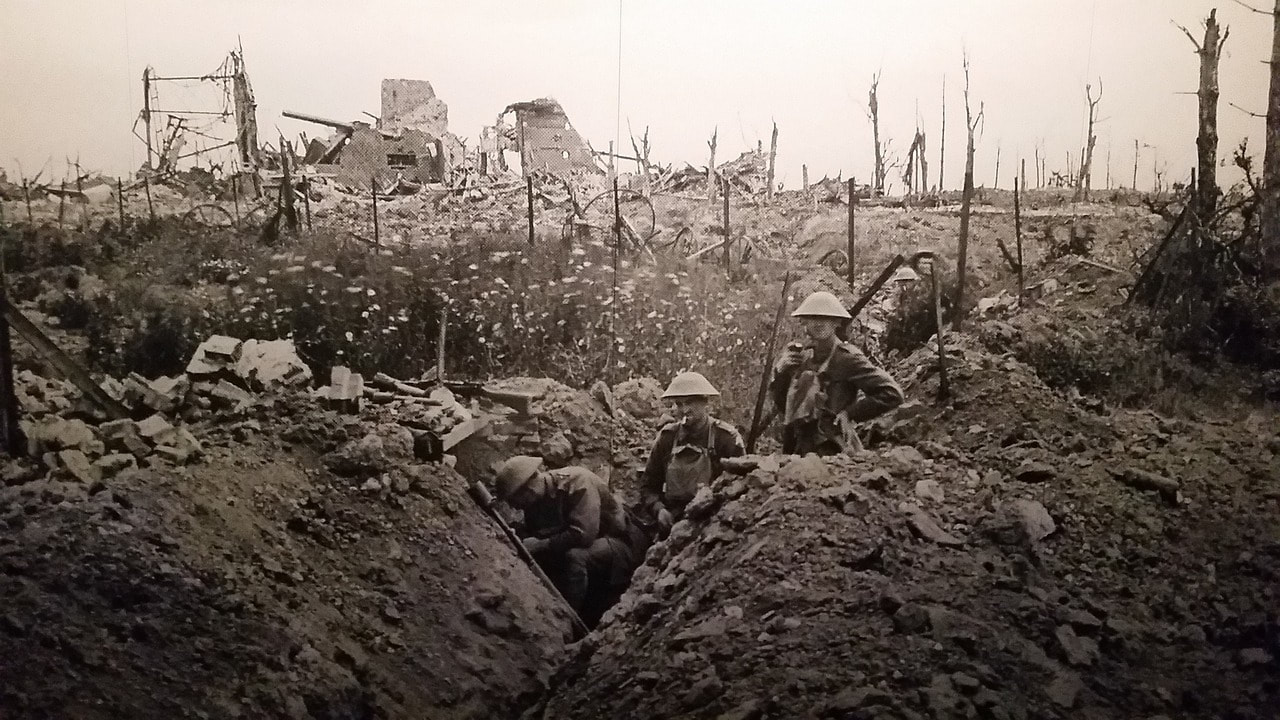|
By: B. Sapoznik It was a bright Sunday morning in the city of Sarajevo. The Archduke Franz Ferdinand (heir to the throne) entered his carriage to sympathize with the people of Bosnia. Seven armed killers for the Black Hand organization were ready to strike the Archduke. They had all spread out in a planned street. As the Archduke passed, one of the assassins threw a grenade onto the carriage but mistimed the attack so no one was harmed. Shocked with the miss from the assassin, the others were too surprised to attack, so they remained in their allocated positions. As expected, the Monarch and his wife were brought back to their installment, which was considered to be safe. The men from the Black Hand gang re-grouped at a local park.
This was when the leader of the group felt hungry, so he went to a local store to get himself some food. This man was no other than Gavrilo Princip himself – a young, 23-year-old missionary and martyr boy, who grew up in the countryside of Serbia in a poor family. They were forced to pay enormous taxes, and the family wasn`t able to survive after the cost. Therefore, Princip was ready for revenge, and was the “leader” of the strike. As he ate his sandwich, he received the news that the Archduke had decided to continue his parade, because of his perseverance to connect with the people that he would one day lead. But an unprecedented mistake led the driver of the carriage (containing Franz Ferdinand) to turn left on the street in which the parade would be held, and led them directly into the eyesight of Princip, who quickly pulled out his pistol. Two shots were fired and echoed through the streets and buildings of Sarajevo. The Archduke and his wife were dead. Princip was captured. But that didn't matter to him. His mission was a success. And there was where it all started. The murder led to the suspicion of the Austro-Hungarian Empire to be directed to Serbia, where Gavrilo was from. But little did they know that Serbia had an Alliance with Russia, who had an alliance with the U.K. and France. But The Austro-Hungarians were part of the Entente between Germany and Italy. One month later, World War 1 started. The next 4 to 5 years are history. There were 20 million military deaths involved, until the Triple Entente became too weak and signed the treaty of Versailles. Finally, the bloody World War 1 was over. Although, Europe was unaware that this was the start of the largest war in the history of the modern world. Because after the loss for Germany, in the outskirts of the country, a young Austrian man heard the discussions of several annoyed men, as the country had lost $33 billion plus military costs just because of the first war. As a war veteran, that young man decided to make a change. In fact, the change. This young boy, Adolf Hitler, decided to become a politician, and soon established himself in the Nazi party. In a couple of years, Hitler went up Germany's governmental ranks to soon become the leader of the Nazi Party (Fuhrer) and decided to run for the titles of Reich President and Chancellor, to later surprisingly win. Now the country was in the hands of this dictator, who, in 1939, decided to set war on Poland. Just like World War 1, the countries soon made alliances. Germany was partnered with Italy (like in World War 1), Japan, Hungary, Romania, Bulgaria, Slovakia and Croatia. The Allied forces included Poland, USSR, USA, U.K., France and practically most of the other European nations. And so, World War 2 broke out. Fifty million deaths later, the Allies were ruled victorious over the Axis (Germany) once again. Hitler died, together with another 4.2 million Germans. And an overall global debt was calculated to be $4 trillion. This concludes a 31-year period of enormous struggle and suffering, but it was critical in shaping our current society. This is the largest historical butterfly effect, which was single-handedly caused by two bullets fired out of a regular pistol, although they will never be forgotten.
0 Comments
Leave a Reply. |
Categories
All
Archives
June 2024
|

